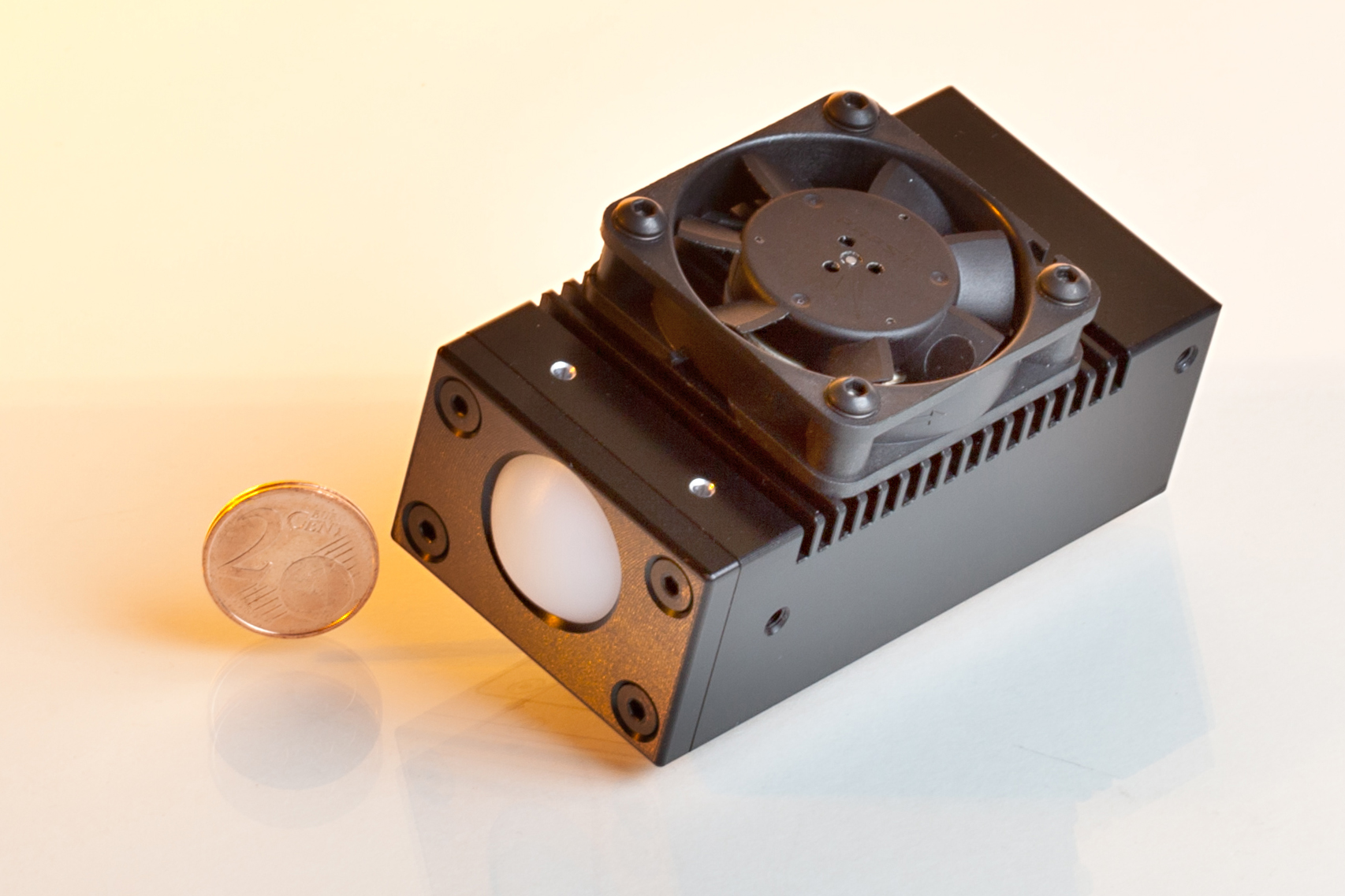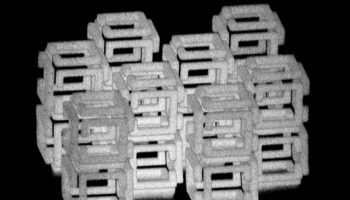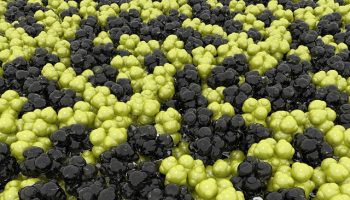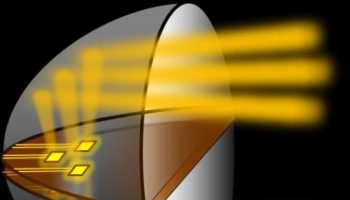Ground-Breaking Radar technology Scanner
The segment of wind energy in electricity blend is gradually progressing around the world and is accompanied by an increasing need for efficiency together with high quality wind turbine with – Made in Germany seal. The centrepiece of wind turbine is the rotor blades with their production and maintenance in consideration to rigorous testing procedures.
Due to the Radar technology, their ground-breaking radar scanner from the Fraunhofer Institute for Applied Solid State Physics IAF, flaws in material composition of wind turbine blades can be identified now with better accuracy and visualized in a cross-sectional view wherein the cost in production and operation is saved. Wind power has now turned out to be a vital part of a globally friendly power supply.
About 50 gigawatts equal to 12% of the overall power in Germany is being generated by more than 28,000 wind turbines with an ascending tendency. The global wind power capacity, as per Global Wind Energy Council, will quadruple to 2,110 gigawatts towards 2030 creating 20% of the global electricity supply. Hence it is more significant for this market growth that wind turbines tend to be adequately efficient, more reliable as well as more durable.
Weak Points of – Unplanned Operation/Maintenance
Weak points in blade production for instance according to industry experts could result in unplanned extra operation and maintenance cost resulting in many hundred thousand euros for the complete service life of the turbine. In order to upsurge the efficiency as well as the reliability of wind turbines, Fraunhofer IAF invented a material scanner to check the quality of rotor blades. Utilising Radar Technology, flaws in the material composition of the wind turbine blades could be detected in even greater detail.
The rotors being the central component of all wind turbines are usually equipped with three blades wherein they convert wind into rotational energy and then into electricity. Similar to the wings on an aircraft, the blades are said to be subjected to massive external loads and hence needs to be designed to be tremendously tough.
The blades of the modern wind turbine are said to be constructed from glass fibre and carbon fibre reinforced plastics – GFRP/CFRP, in order that they can absorb elastically the wind energy from strong blast of air without breaking. For an individual blade, around 100 sheets of glass fibre webbing is covered over each other, shaped and thereafter glued together with epoxy resin. At this stage of production, quality control is needed.
Dedicated Software of Radar Technology
According to Dr Axel Hulsmann, coordinator of radar project and group manager of sensor systems at the Fraunhofer IAF, the problem is in layering the glass fibre sheets flat before they are glued which is without developing undulations and folds as well as avoiding the formation of lumps of rein or segments of laminate that does not set while applying the epoxy.
These types of flaws together with delamination or fractures could be detected on a large-scale utilising infrared thermography. Hulsmann has mentioned that their material scanner allows defects to be identified with greater precision with the possibility of depth resolution with radar technology also in places where ultrasound system tends to fail. At the central of the material scanner it tends to be a high frequency radar that seems to operate in the W band between 85 and 100 GHz with a very few watts of transmitting power.
Dedicated software is then utilised in processing the transmitter and receiver signals, visualizing the measurement effects. Hulsmann notes that this enables them to generate a cross-sectional view of the blade, wherein defects can be noticed in the millimetre range making their material scanner considerable more accurate than conventional methods.
Indium Gallium Arsenide Semiconductor Technology
The radar segment depends on indium gallium arsenide semiconductor technology and is very light as well as compact due to its monolithically integrated construction wherein various components together with functions are integrated in an individual chip.
It measures 42 x 28 x 79 mm and is approximate the size of a pack of cigarettes weighing just 160 grams. Moreover it tends to have lower power consumption for around 5 watts and is fixed with an integrated microcontroller that is said to emit measurement signals through an internet boundary. With further developments the frequency range of the module will extend to 260 GHz in the so-called H band.
This will tend to multiply the bandwidth of the radar module from 15 GHz to more than 60 GHz. Though the resolution of the rotor blade cross-section tends to be very high already their focus is to enhance it still further according to Hulsmann. In the near future, beside the usage in the production of rotor blades, the Fraunhofer IAF material scanner could also have a role in maintenance wherein it could be utilised in classifying flaws like those resulted through the impact of bird.
Water/Gel – Coupling Agent of Radar Technology
The routine testing of the rotor blades presently is mostly performed by hand where an expert tends to knock on the blade with a hammer and knows from the tone whether there are any faults in that section. A mechanical resolution, supplemented by radar technology could greatly reduce the downtime of wind turbines thus saving costs according to Hulsmann.
This is mostly correct for the manual maintenance of offshore wind turbine which needs to be reached by boat and on some occasions on rough seas which is time consuming procedure. Other testing technologies like ultrasound solutions tend to be very difficult to integrate into maintenance process.
Water or gel needs to be used as a coupling agent since every air pocket between the sensor as well as measured part stifles the ultrasound signal to a considerable extent. While this involves definite side effects, however it is possible while checking for defects at the time of rotor blade production. On application of water or gel to wind turbine blades that are 100 meters in the air tends to be very complex.
Since it permits for non-contact remote sensing, radar is said to be the optimal solution in this case as per Hulsmann. Contribution from Fraunhofer IAF for radar scanner could contribute to the enhancement of innovative material inspection in the other industries also, for instance in the aircraft industry. In innovative aircraft, the wings in particular of Boeing 787 Dreamliner or the Airbus A 350 are built mainly out of lightweight composite material. Hullsmann has commented that in the aircraft industry, as in the case of plastics industry, a precise and rapid defect test at the time of production as well as maintenance tends to save costs, preventing damage due to material fatigue.






